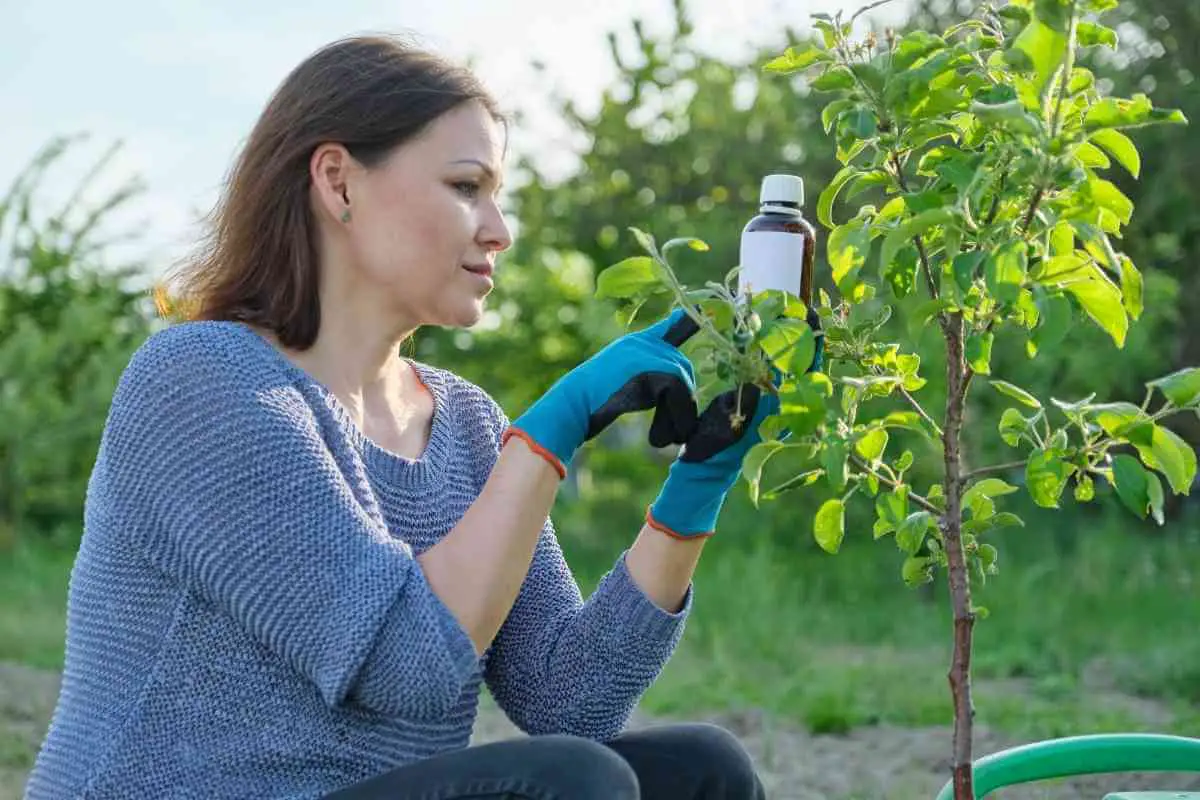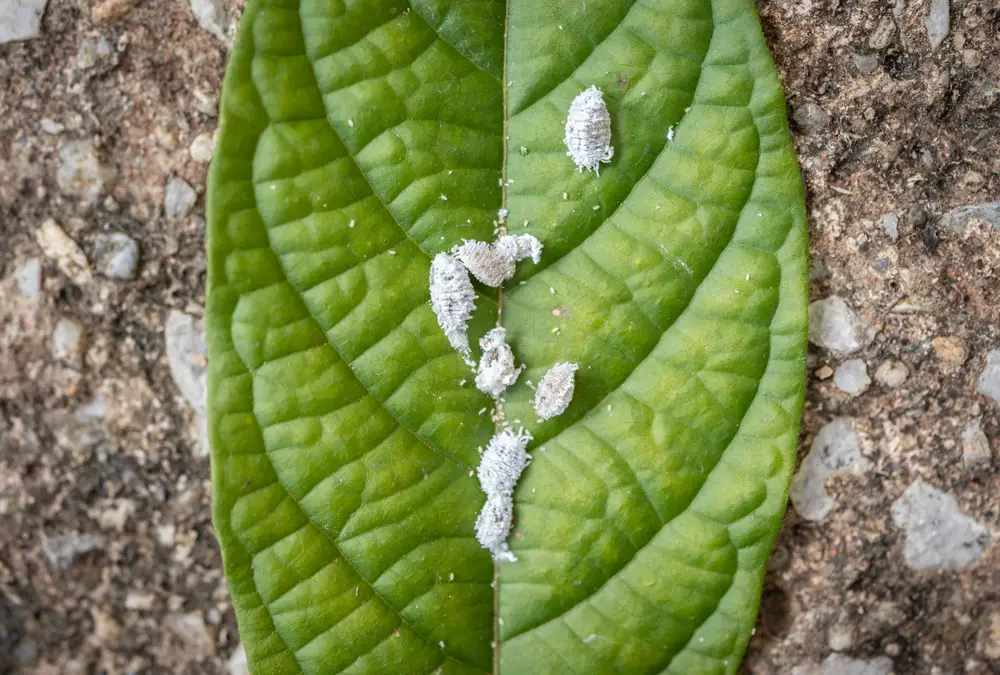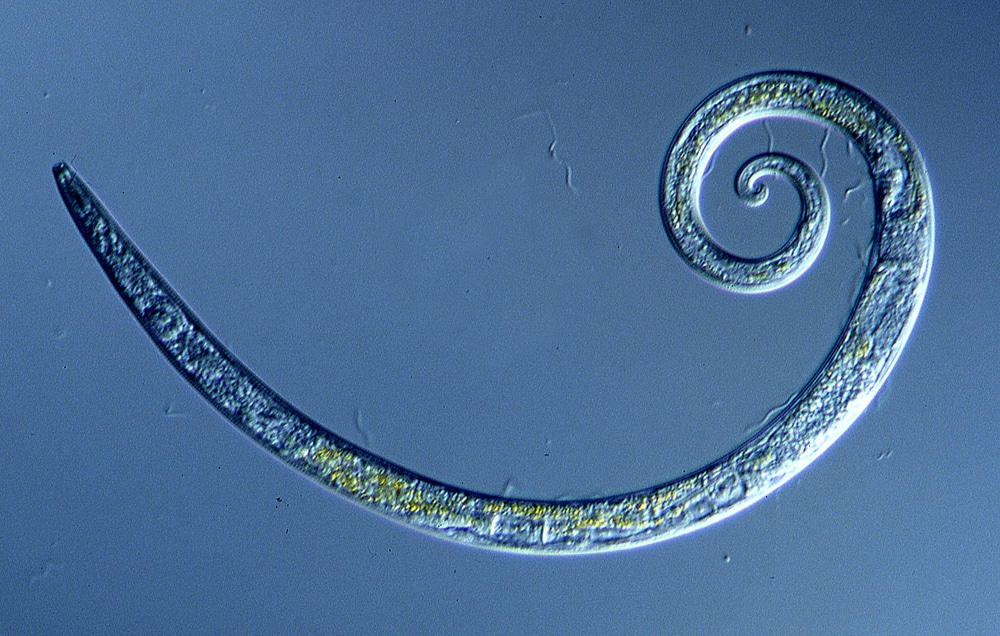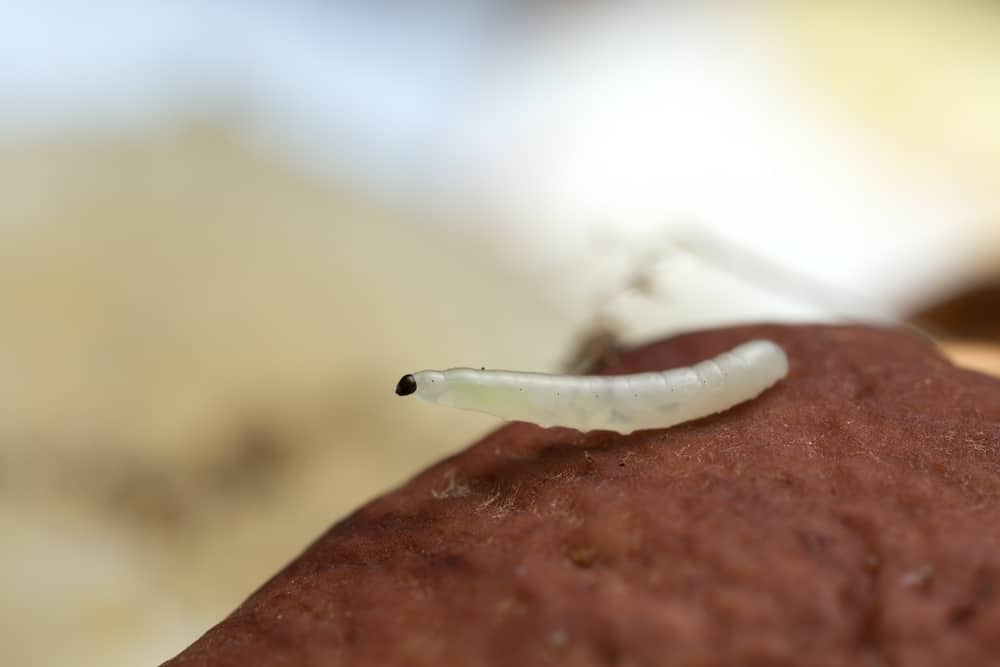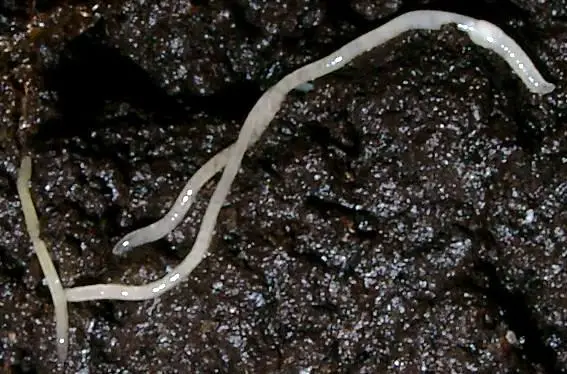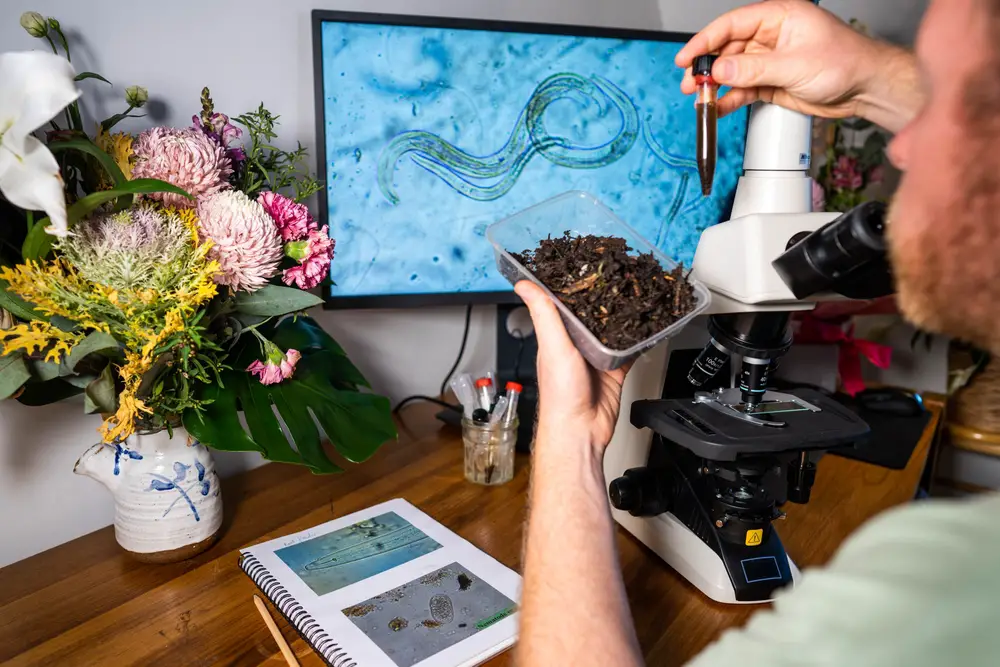The most common organic gardening issues are fungal diseases.
These fungi manifest themselves in various ways, ranging from brown patches to prominent spots, rings, threads, or slimes.
Fungal infections can be challenging to treat once they have infected the lawn.
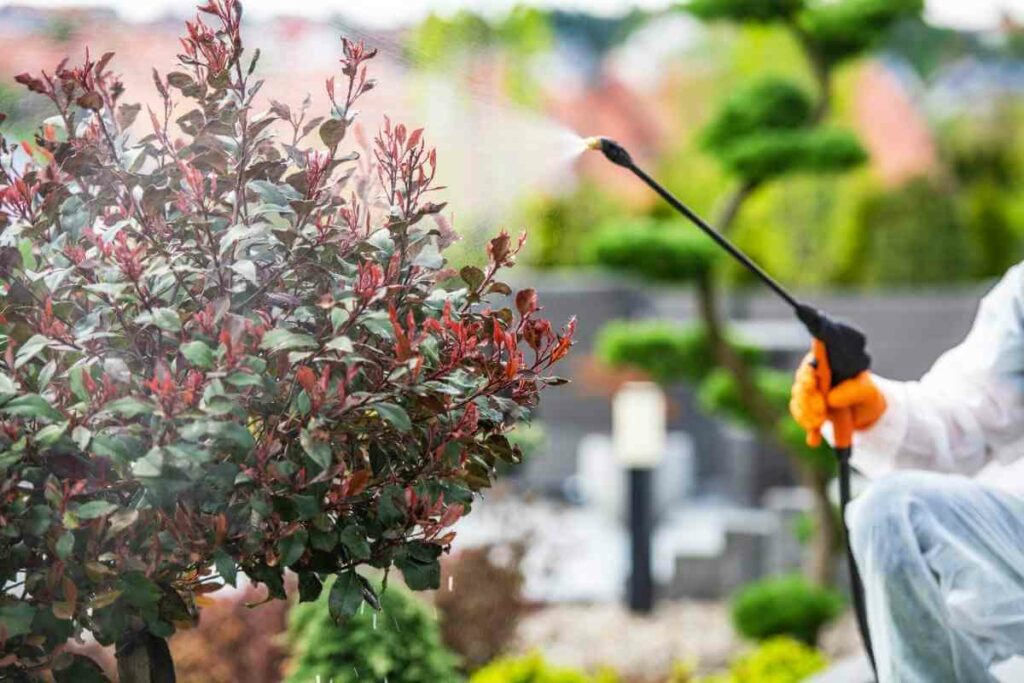
Fortunately, proper care practices can help with both prevention and treatment in severe cases; knowing how to apply garden safe fungicide to the garden can assist in eradicating the spores and preventing their spread.
Knowing how and when to use garden safe fungicides on plants is a bit difficult especially for beginners. Getting professional help ahead of time can help determine if using the fungicide in the garden is even necessary.
If so, following the product’s application instructions will ensure the treatment’s effectiveness and prevent future fungus problems.
Here are a few simple steps for using a garden safe fungicide to restore the health of the garden.
Guide On How To Use Garden Safe Fungicide
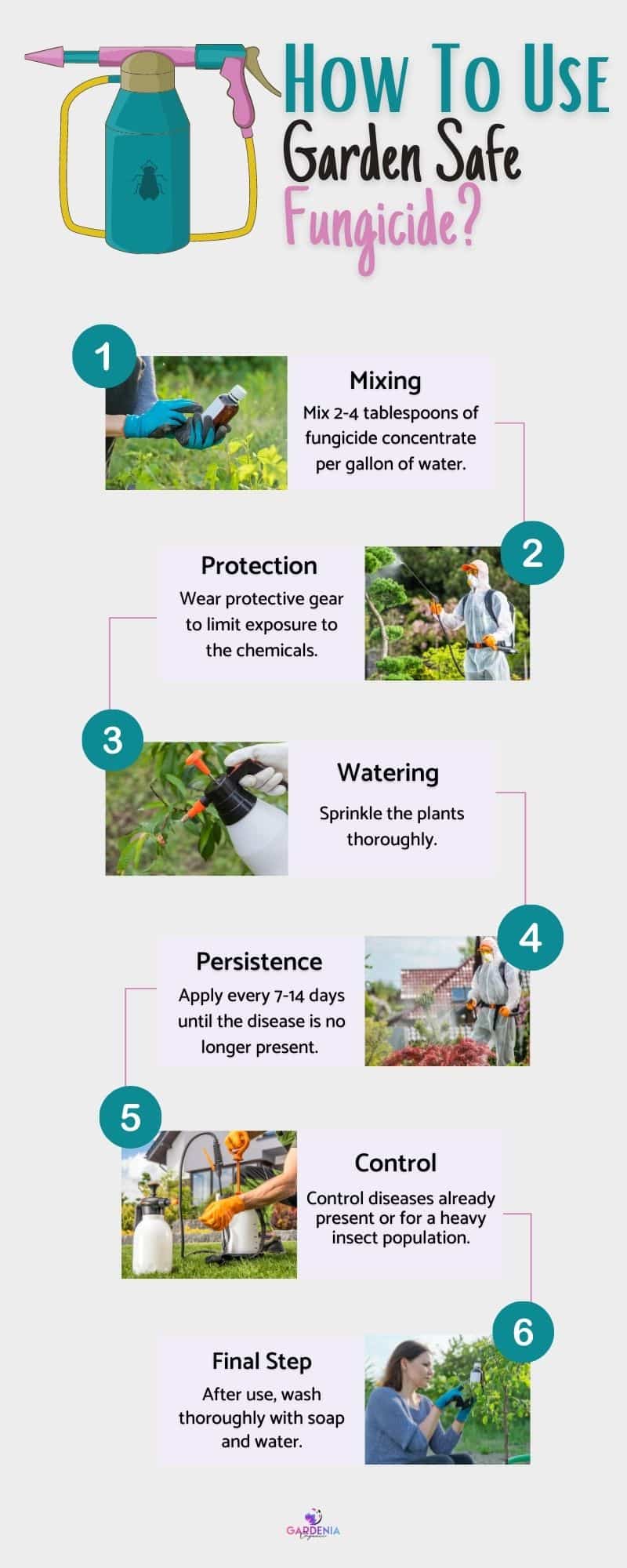
Mixing Instructions
- Step 1: Mix two to four tablespoons of Garden safe brand fungicide concentrate per gallon of water. Before spraying, thoroughly shake the spray bottle to ensure proper mixture and distribution. Skip this step if you’re using a ready-to-use garden fungicide.
Application Instructions
- Step 2: It is best to wear protective gear to limit exposure to the chemicals.
- Step 3: Sprinkle the plants thoroughly to saturate the lower and upper surfaces of the plant foliage. Frequently mix solution as you spray.
- Step 4: To prevent diseases, apply every seven to fourteen days to control black spots, leaf spots, powdery mildew, and rust until the disease is no longer present.
- Step 5: To control diseases already present or for a heavy insect population, spray on a seven-day schedule until the disease is put an end to. Continue spreading on a fourteen-day plan to prevent the infection from reoccurring. It can be used up to the day of harvest.
- Step 6: After use, wash thoroughly with soap and water.
Tips To Keep In Mind When Using Garden Safe Fungicide
For efficient and safe fungicide use, certain rules have to be followed.
Apply As Soon As You Notice the First Signs of Disease
Even though garden safe fungicides have systemic “kick back” action, they may not wholly eradicate diseases once they have begun.
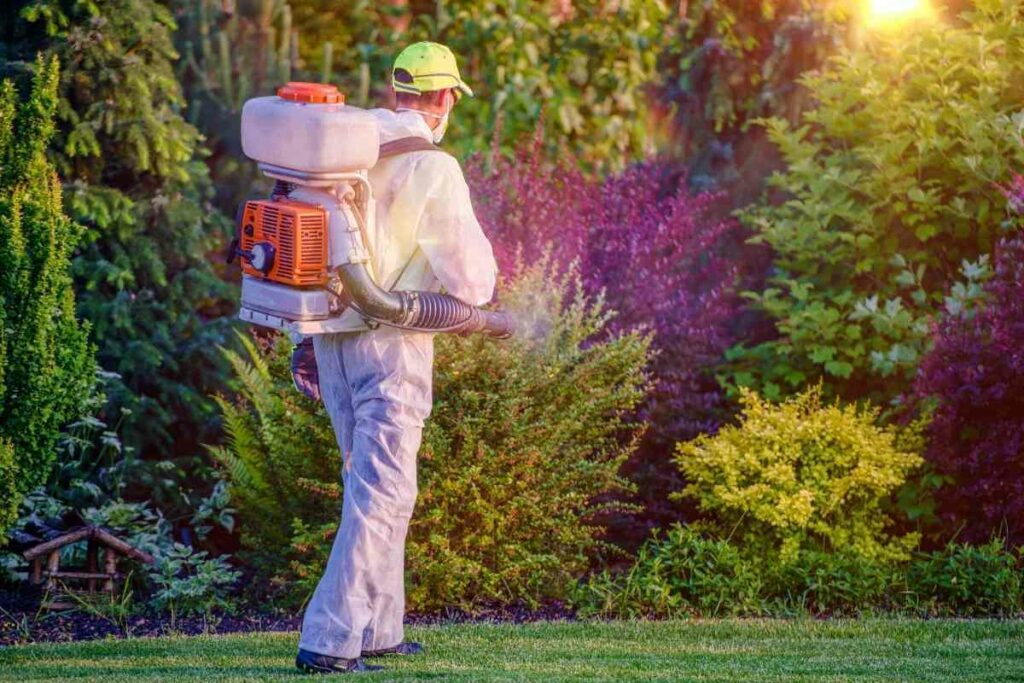
And, the time a single infection is detected in the field, many more lesions that are too tiny to see are already wreaking havoc on your crop.
Surfactant, Extenders, Stickers
Do not add an adjuvant (surfactant, extenders, stickers, etc.) to garden safe fungicide concentrate because garden safe fungicides are not designed to require adjuvants.
Adequate Amount of Water
Apply the fungicide in an adequate amount of water to ensure thorough coverage, but not so much that it runs off the plant, contaminating the ground and wasting it.
As the crop grows, the spray volume should be increased.
Sprayer Nozzles
Aim sprayer nozzles at the intended target, i.e., the part of the plant most likely to be infected; reduce airflow or speed to get enough fungicide on the targeted part and less drift.
When a fungicide drifts away, it is no longer helpful for disease control and may infect non-target areas of the crop.
Garden Safe Fungicide Design
They are designed to control plant-damaging fungi such as:
- black spot
- powdery mildew
- anthracnose
- downy mildew
- leaf spot
- rust
- botrytis
- scab
- needle rust
- flower twig
- tip blight
- Alternaria
Time of the Day
Another critical factor to consider is the time of day, particularly temperature and humidity relationships.
The more excellent the opportunity for fungicide volatilization or evaporation, the higher the temperature and lower the relative humidity.
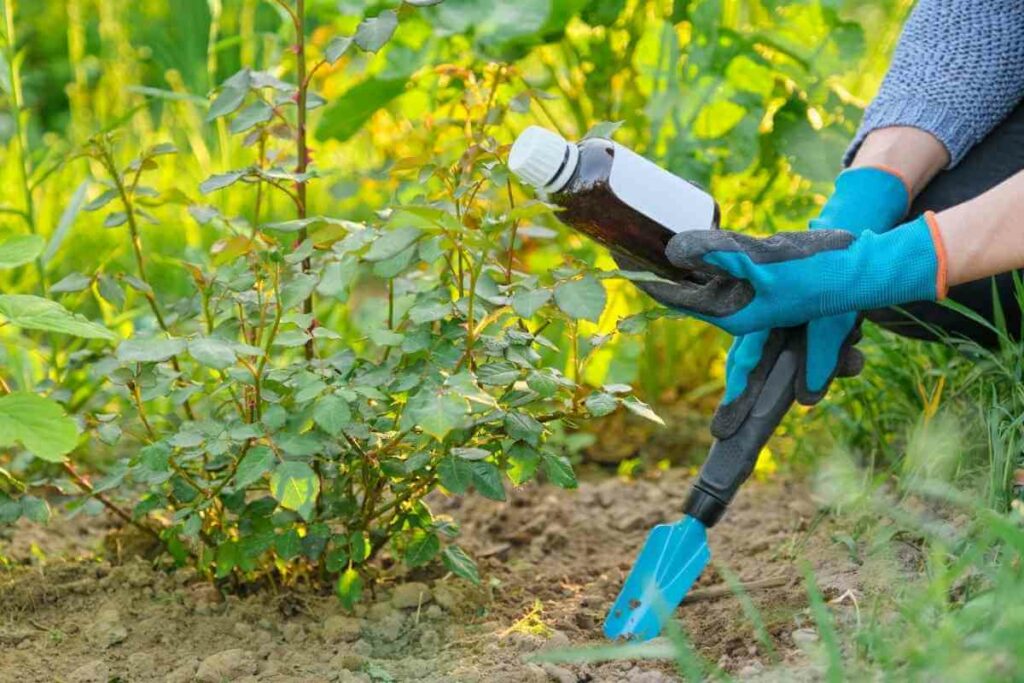
Spraying early in the morning or late in the evening, when temperatures are lower and relative humidity is higher, can help avoid this.
It can also help to reduce the risk of leaf burn.
Avoid Rainy Weather
Apply this product if rain isn’t expected within the next twenty hours; this will aid in ensuring that the pesticide does not wash off the treatment area.
Furthermore, pesticides shouldn’t enter or run off into gutters, drainage ditches, drains, or surface water to protect the environment.
Newly Transplanted Crops
Do not apply the fungicide to newly transplanted crops before root establishment, stressed or otherwise wilted plants; this applies to plants with blades in that the veins have been killed.
Testing First
Also, without prior testing, don’t apply to well-known delicate plant variety such as:
- fuchsia
- impatiens
- some rose
- hibiscus
- ornamental olive trees
- or some carnation varieties
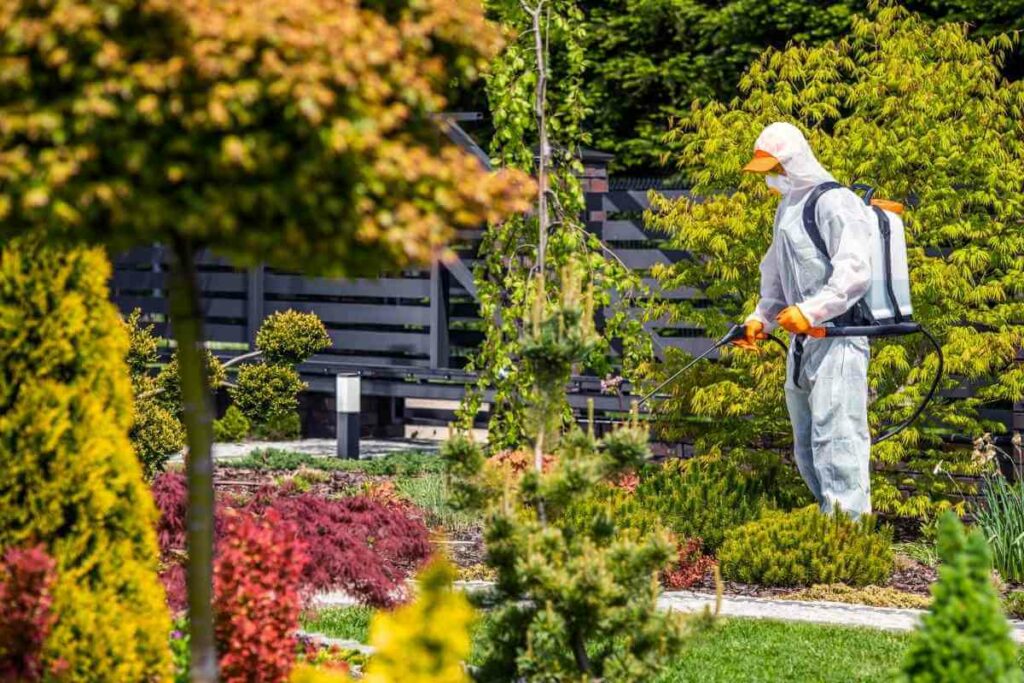
Also use caution on crops with soft tissue and leaf test burn in small-scale trials before applying.
Avoid Hot Weather
If applied on hot days, it can kill leaves and buds.
Alternatively, if applied when flowers are open, it can deter pollinating insects like bees from doing their jobs, effectively preventing plants from producing fruit.
Final Thoughts
Garden fungicide comes with specific instructions. It is just as dangerous to use too much as it is to use too little.
When using garden safe fungicide, it is critical to stick to the given instructions carefully.
The right amount, application method, and time of the year are essential factors to consider when using this fungicide.
Knowing more about using this fungicide in your garden will help you combat any fungal issues that may arise.
